Interest Matters
Kristi Blokhin/Shutterstock.com
The Federal Reserve hiked the federal funds target rate by 1/4% to 5¼% at its last meeting, a slowdown from a series of more aggressive increases starting last June. Now the talk is “skip” or “pause.”
Moving Rates Matter: ERISA pre-judgment interest is usually awarded consistent with 28 U.S.C. § 1961, at the “1-year constant maturity Treasury yield.”
But unlike post-judgment interest, pre-judgment interest calculations can use shifting rates to accurately reflect the available return on wrongly withheld payments.
🧮 : The Ninth Circuit accepts a calculation that treats each missed payment as invested in a 52-week T-bill (at the rate when the payment is missed) and “reinvested” annually.
📈: The 52-week T-bill rate was stable and virtually zero from 2010 to 2019, creeping up at the turn of the decade before plunging with COVID. It’s been as high as 5% as the Fed’s rate-hiking efforts have kicked in (for some perspective, it got above 17% in the 1980s).
Equity is the Exception: Pre-judgment interest is “compensatory,” so a claimant can get a higher rate if “substantial evidence” “requires” a rate above the T-bill on equitable grounds.
Stock Growth Cases: For those with the luck of an investment track record to support it, explosive stock market growth coupled with rock-bottom rates sometimes supports a higher rate to account for foregone investment returns. That approach may be out of style for a while. 📉
Financial Extremis: Claimants who can show that wrongly-withheld benefits caused outsized money problems also sometimes succeed in getting a higher rate.


